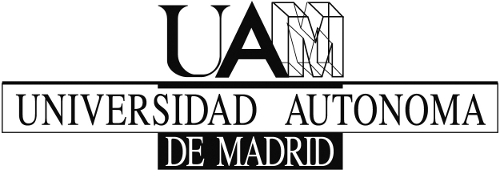| Resumen | New telecommunication satellite services have increased the demand on antenna feed systems with more stringent requirements in both the electrical and mechanical parts. In fact, one of the main goals for RF hardware onboard spacecrafts is the reduction of size and volume, at the expense of more complex design of the components. Thus, the use of a single antenna for several frequency bands is very common and the antenna feeder has to separate (or to combine, depending on the transmission/reception scheme) the different signals involved in the system. The frequency separation is carried out with multiplexers. Moreover, in many systems, dual polarization is used in order to have a more efficient use of the electromagnetic spectrum, using ortho-mode transducers (OMTs) for the polarization discrimination. In a very common scheme, the OMTs are attached by the common port to the antenna and by the other dedicated ports to the diplexers. This is the type of antenna feed network developed in this communication, for two Ka sub-bands centered in 21.7 and 28.7 GHz, respectively, with 4% and 6% fractional bandwidth, approximately. The developed OMT is based on a double symmetry junction (Boifot et al, "Simple and broadband orthomode transducer," IEE Proc. H Microw., Ant. and Prop., vol. 137, no. 6, pp. 396-400, Dec 1990.). In its simpler version, it has a metallic septum and full height vertical pins to match the vertical polarization. The effect of these pins will be studied. The routing network is another important part of the device, with a great impact on the size of the component and in the manufacturing method (see for instance Ruiz-Cruz et al. "Full-wave modeling and optimization of Boifot junction ortho-mode transducers," Int. J RFMiCAE, vol. 18, no. 4, pp. 303-313, July 2008). These different alternatives will be studied in the presentation. The diplexers are based on E-plane bifurcations with well-known low-pass and high-pass filters. The dimensions of the waveguides connecting the ortho-mode transducer and the waveguide diplexers are non-standard, in order to reduce the total feeder length, since transitions to standard waveguides are avoided. The diplexer is manufactured without any tuning element. Therefore, accurate CAD tools are required for the design, along with a precisely controlled fabrication.The design and evaluation of the different components will be addressed in the presentation, showing the experimental measurements, the expected simulated responses and the critical points found in the development of the antenna feeder. |


